How to Keep Water Out of Your Basement
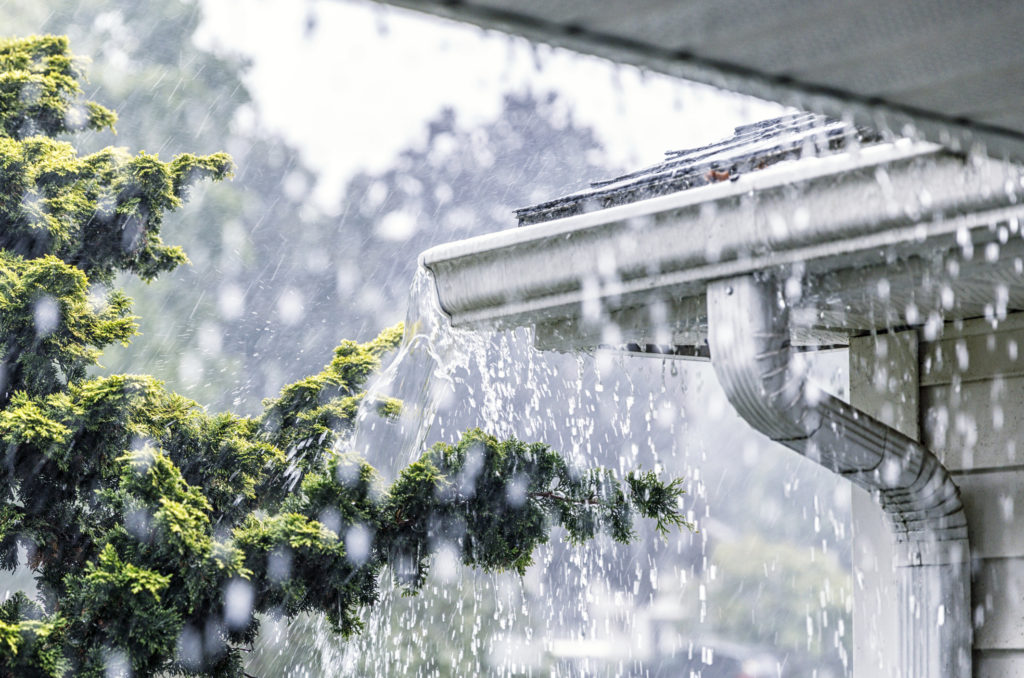
Tips to Help Prevent a Flooded Basement
Although we’re past Spring, rain has pretty much continued to frequent our area. This is great for your yard, but if your basement has the tendency to flood, this is enough to make you shiver. Flooded basements can be costly!
6 Tips to Keep Water Out of Your Basement
1. Check Your Guttering System
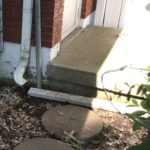
623 gallons of water come off the average roof in a 1” rainstorm. If your gutters are overflowing or leaking all of the water that runs off your roof will be surrounding your basement! Wet basement walls and floors are telltale signs that the problem is indeed runoff.
Suppose your gutters are working perfectly…check out your downspouts. If your downspouts drain near your foundation, spotless gutters are futile. Downspouts should drain at least 5 feet from your foundation.
Maybe you’ve already added downspout extensions, but have you checked that they are working properly? Downspout extensions can get disconnected or clogged – a quick check around the house can save you a big headache later.
To learn what an optimal guttering system looks like and why it is vital, read this excellent overview article.
2. Check The Slope of The Ground
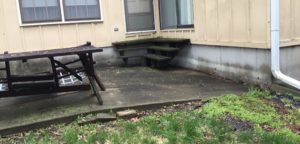
It is important that the ground surrounding your foundation slopes away from the house. If not, rainwater and melting snow will pool next to your basement walls and leak inside. The rule of thumb is 2” drop in elevation every foot you move away from your home. You can change the slope by adding dirt around the home, just be careful that the top of the dirt is at least six inches below the sill plate. If the slope cannot be altered, extending the downspout drainage further from the house in an UNDERGROUND DRAIN may help.
3. Examine your shrubbery
Plants need to be at least 12” away from the foundation. Rotten roots often create a route for water to flow toward your foundation.
4. Install a Sump Pump
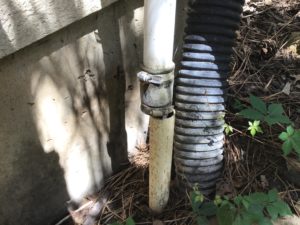
An interior drainage system with a sump pump can effectively solve a chronic basement water problem. This is a pump that kicks on when water is entering your basement. It then pumps water outside your home. You can install this yourself, but beware; it involves jackhammering and plumbing knowledge. Hiring a professional to install the sump pump is advised.
If you’ve had a sump pump for a while, check that it is draining properly. After time they can get disconnected unbeknownst to you! The problem with a disconnected sump pump is that the water will be pumped out of the basement and back to the outside of the foundation. The foundation is where the water entered in the first place, creating a vicious cycle.
5. Check Your Plumbing Pipes
Gaps around plumbing pipes or cracks in concrete walls can serve as entry points for moisture and water, especially during heavy rains. To effectively plug these gaps, clean the area thoroughly, apply a combination of waterproof sealant or hydraulic cement, and ensure proper exterior drainage by maintaining gutters and downspouts.
Another way to stop condensation is to cover cold water pipes with foam pipe insulation. This also prevents pipes from freezing in the winter, which can cause serious flooding problems.
6. Unclog or Repair Footing Drains
If water is seeping into your basement where the wall meets the floor, that’s hydrostatic pressure working against you, driving water upwards from the ground.
The primary purpose of a footing drain is to collect water from the surrounding soil and divert it away from the foundation, thereby preventing water from seeping into the basement. Over time, however, these drains can become clogged with soil, roots, or debris, reducing their effectiveness and potentially leading to water problems in the basement or foundation.
Still, Having Severe Basement Flooding Issues?
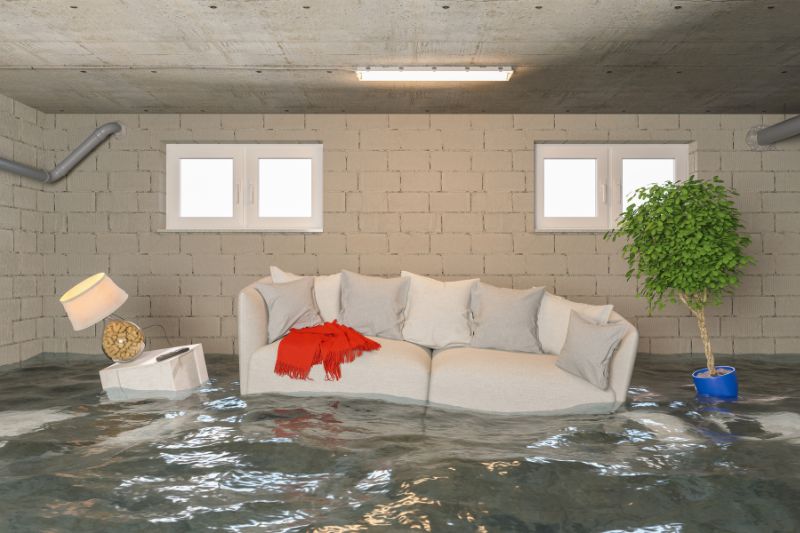
1. Install Hydro Clay
This will permanently seal your basement from water, helping solve your wet basement issues. The hydro clay absorbs water and blocks pathways that the water uses to enter your foundation walls. It is used to waterproof tunnels, manholes, backyard ponds, etc.
2. French or Curtain Drains
A French drain is a plumbing system underneath your basement floor that deals primarily with groundwater. This is highly involved and should only be done in extreme situations.
A curtain drain is very similar to a French drain but deals mostly with surface water and is dug to a shallow depth.
Still Unsure? Call an Expert

If you’ve checked everything, but you’re still having problems, it never hurts to call an expert. Many times, the source of water in the basement is from a problem with your gutters. Gutter Cover Kansas City has trained professionals who do a free 21-point inspection to determine why your basement is flooding and how to help solve the issue. If they identify that more is involved than a guttering issue or ground sloping, they will point you to an expert who can help.
Submit the form below to start your free estimate
For more information about the causes of water in the basement, check out this more extensive article.
